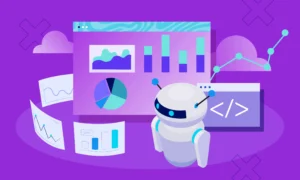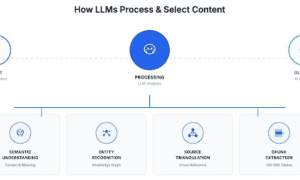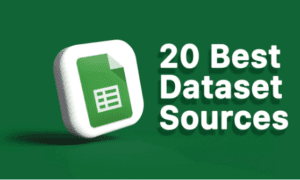In today’s connected world, innovation travels fast. But as software companies expand across borders, one crucial component is often underestimated: language. No matter how powerful or intuitive your technology is, if users can’t understand it, they can’t adopt it. That’s where precise and culturally aware translation comes into play, especially for software.
Why Translation Matters in Tech
Technical content isn’t like general text. It carries specific instructions, precise terminology, and is often used in high-stakes environments. A single mistranslation can confuse users, cause misconfigurations, or even lead to system failure. That’s why software translation services are not just about language conversion, they’re about preserving functionality, clarity, and user trust.
Software products, from mobile apps to enterprise platforms, depend on accurate localization to succeed internationally. The goal is not just to translate but to adapt the product to different linguistic and cultural contexts. This includes translating UI strings, help documentation, user prompts, error messages, and more.
Translation Is More Than Words
Effective software translation goes beyond text. It involves understanding how the software works and how users interact with it. This means translators often work closely with developers, designers, and QA teams to ensure accuracy and consistency. The process may include everything from managing resource files to reviewing in-context screenshots.
In some cases, certified translation services are required, especially when the software operates in regulated industries like healthcare, finance, or legal sectors. Certified translations provide assurance that the translated content meets strict accuracy and compliance standards. It’s a safeguard for both the company and the end user.
The Role of Quality and Consistency
When you translate technical material, consistency is key. Terms must be used uniformly across the product, support documentation, training materials, and marketing assets. This is why many companies rely on terminology databases and translation memory tools, they help ensure the same word or phrase is translated the same way every time.
PoliLingua, for instance, is among the service providers that emphasize linguistic precision combined with industry-specific knowledge. The focus isn’t just on translating text, but on capturing its intent and function within a technical context. When done well, users should never feel like they’re using a translated product, they should feel like the product was built for them.
Common Challenges in Technical Translation
Translating tech content isn’t without its hurdles. For one, space constraints in software interfaces can limit how much translated text fits in a given area. A word that fits neatly in English might expand significantly in German or Finnish.
Additionally, some languages handle technical terms differently. Do you localize a term or leave it in English? The answer often depends on the audience. For example, software developers may prefer certain terms to remain in English, while end users may need fully localized terminology.
Then there’s the issue of context. Translators often lack visibility into how a string will appear in the final UI, which can lead to misinterpretations. That’s why collaboration and proper documentation during the translation process are essential.
Best Practices for Successful Software Translation
1) Include translation in your development cycle from the beginning. Internationalization (i18n) should be baked into your software design.
2) Rely on experienced translators who specialize in software translation services. Technical content isn’t something to leave to generalists.
3) Use translation memory, glossaries, and in-context preview tools to maintain consistency and catch errors early.
4) Don’t stop at translating. Test the localized versions to ensure they work as expected and resonate with users.
5) Localization isn’t just linguistic, it’s cultural. Make sure your content aligns with local norms, tone, and expectations.
Translation as a Competitive Advantage
Companies that invest in high-quality technical translation aren’t just avoiding problems, they’re building global trust. In many markets, native-language support is a deciding factor for customers evaluating new software. Clear, accurate communication gives users confidence, reduces support requests, and enhances the overall experience.
Certified translation services may seem like an extra step, but in competitive industries, they signal professionalism and commitment to quality. For companies working with international partners, regulators, or enterprise clients, this level of assurance can be a differentiator.
Last but not least, as you take your software to global markets, remember: language isn’t just a feature, it’s part of the user experience. Investing in expert software translation services ensures your product speaks to every user with the same clarity and confidence. With careful planning and the right partners, like PoliLingua and others in the industry, your tech won’t just travel, it will thrive.































